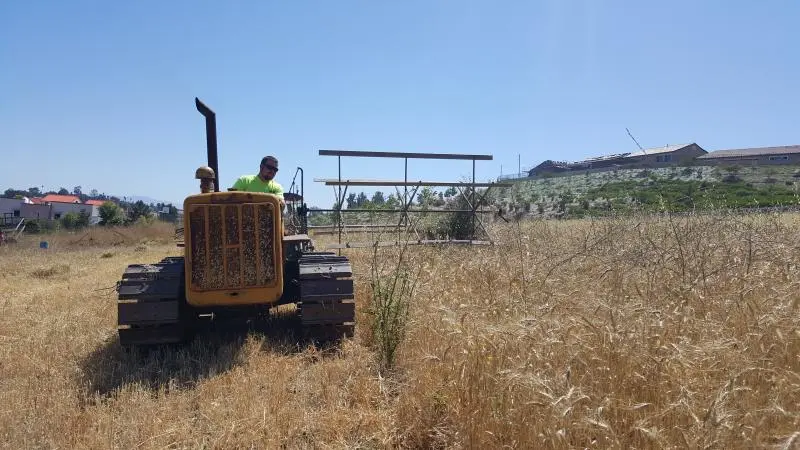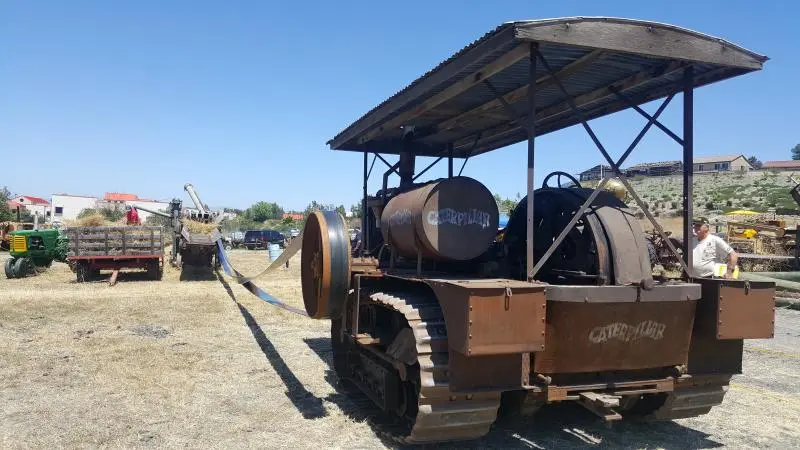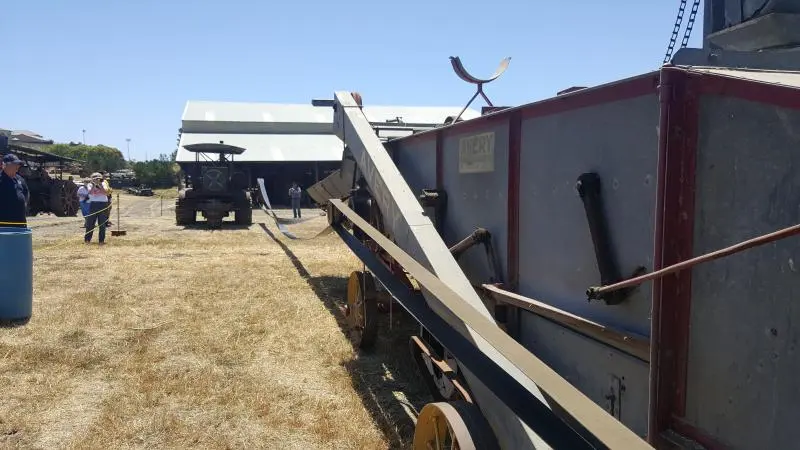Reply to jumbo:
Watching the video, once again I see that the belt was a "figure 8." I assume that it has to do with belt tension, but can someone explain why? I know it must be a simple answer, but it has always escaped me.
I love this question.
I don't think it's a simple answer. It appears to me that the belt is unstable without the twist. Think of how a trailer is unstable when the center of gravity is behind the axle.
If you're pulling a trailer with the CG in front of the axle and you hit a rock, a gust of wind, or turn your wheel a little one way or another briefly, any side-to-side motion passed to the trailer is dampened, the degree of the motion reduces quickly, and the trailer will continue down the road behind your truck. If you are pulling a trailer with the center of gravity behind the axle, there's something about that configuration that creates an oscillation that is NOT dampened, and the trailer will swing back and forth with increasing oscillations until you stop (removing the energy from the equation) or the oscillations increase and the trailer swings around and hits the side of your truck. All this depends on how far the CG is behind the axle, how much weight is involved, and the speed of the trailer. Maybe the trailer length, I can't remember. Using the configurations and velocity, you can actually calculate at what point a trailer begins to become unstable.
How does this relate to the belt? I'm not sure exactly, but we wrote computer programs and did the calculations on the trailer issue at University in the best class I ever took, "Vehicle Stability", and for the life of me I can't remember any of it now. I think the belt is subject to the same issues - as long as everything runs perfectly, the belt can run without a twist. In real life, it will not stay running in that configuration, because any disturbance in the belt will result in increasing oscillations that are not dampened, and the belt will slide off the pulley. I've come up with this theory, in part, because I've seen the oscillations happen. The people operating some equipment refused to put a twist in the belt, so I had a chance to observe the belt closely each time it slid off the pulley (repeatedly).
It has nothing to do with the direction of the pulley - if one twist is the wrong way, then you put in two twists.
FYI -We will be running a threshing machine, binder, and combine this weekend at County Road 13 & 85 north of Capay in Yolo County next weekend. At least three Best machines are expected.


